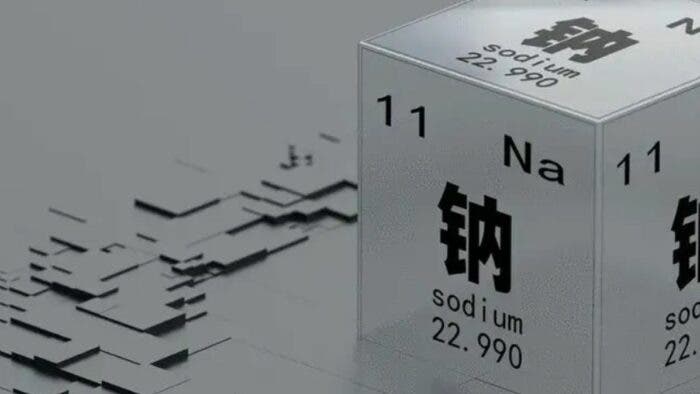The rising price of lithium is a major concern for battery brands. The price of lithium carbonate exceeds the $70,000 per ton mark on September 8. However, the price continues to rise. The highest price in the market now exceeds $72,000 per ton. This is more than the average price of battery grade lithium carbonate $71,000 per ton. Since the beginning of this year, the price of lithium carbonate is now 80% higher.
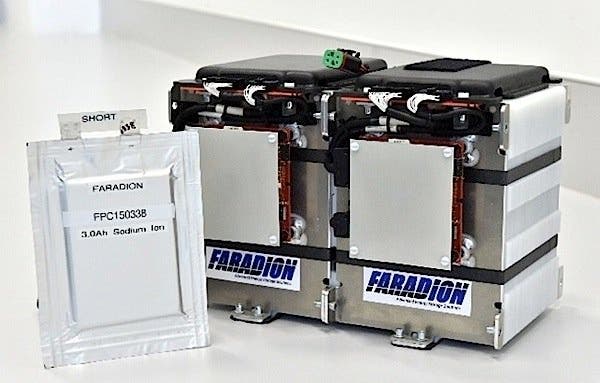
The supply and demand gap is not helping the situation. There is a huge demand for electric cars. This also means a huge demand for lithium because it is the major material for electric car battery. In the lithium concentrate auction held by Australian lithium miner Pilbara on September 20, the auction price was $6,988 per ton. This is higher than the price of lithium carbonate. In the last round (August 2), the auction price went higher by 10%.
The rise in the price of lithium carbonate will bring cost pressure on battery brands and car companies. The rise in lithium prices will likely affect the operation of power battery companies. This will further increase the production cost of power batteries. It will also in turn put pressure on the profits of battery OEMs. If OEMs pass the cost to the market, then many people will not like to buy.
For these reasons, the industry is now looking for alternatives to lithium. Sodium-ion is topping the list as it seems to have a “theoretical cost advantage”. For this reason, sodium appears to be a good alternative for many brands.
Why sodium battery?
1. Similar character
This is not the first that the industry is considering sodium as an alternative. Both Lithium (Li) and Sodium (Na) have similar character. Na and Li are both alkali metal group elements. Thus, research on Na-ion batteries and Li-ion batteries started at the same time. Sodium ions and lithium ions have little differences in character. For this reason, the positive and negative electrode materials are different. Elements such as copper and iron cannot be used in positive electrode materials in a lithium-ion battery. However, they perform well in a sodium-ion battery.
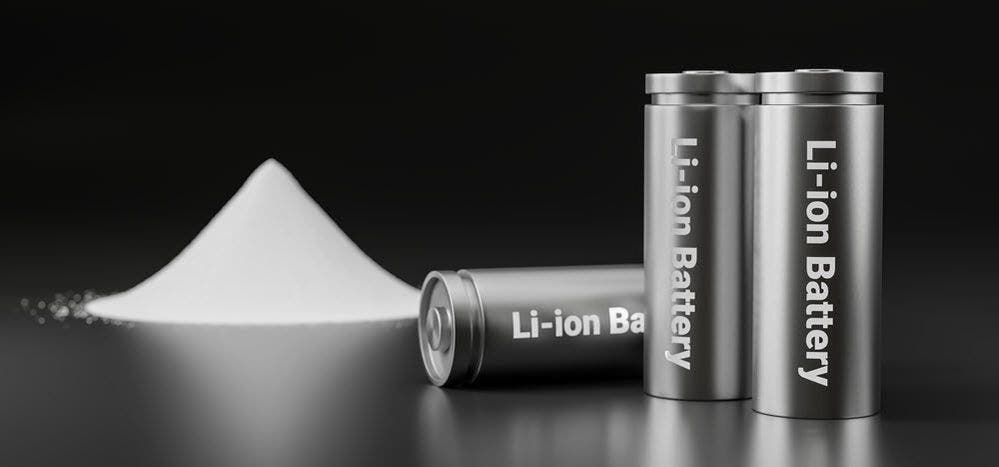
2. No need for new production lines
The production of a sodium-ion battery can directly use existing lithium-ion battery production lines. Thus, if there is a switch, there will be no need to rebuild new production lines. To an extent, the sodium-ion battery is already close to mass production. This is one of the major reasons why sodium is considered an alternative
3. Cost
Another reason why sodium is considered is cost. Theoretically, a sodium-ion battery has significant cost advantages in terms of materials. For example, the price of sodium carbonate is much lower than that of lithium carbonate. Also, the cathode material of a sodium-ion battery usually uses bulk metal materials such as copper and iron. Thus, the cost of cathode materials is lower than that of a lithium battery. According to Ping An Securities, sodium battery cathode material is 60% cheaper than lithium battery cathode material. Overall, a sodium battery will be 30% – 40% cheaper than a lithium battery.
4. Raw materials
In terms of resources, the amount of sodium resources on the earth is over 400 times that of lithium. Also, the distribution of sodium resources in the world is relatively uniform. However, over 80% of the world’s lithium resources are in the Americas and Australia. Therefore, the price of sodium resources is much lower than that of lithium resources. Also, the wide spread of sodium resources makes its market easier.
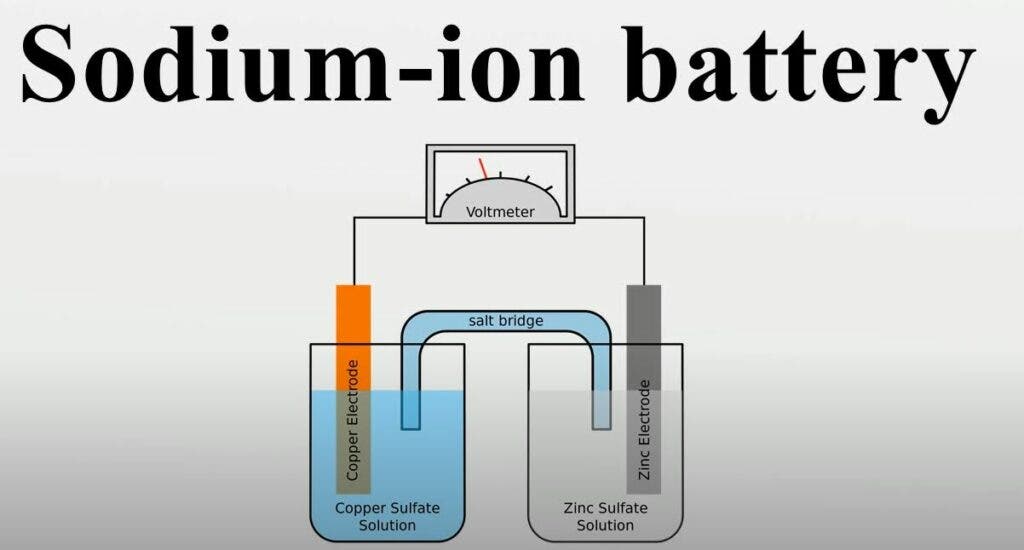
5. Battery safety
Battery safety and energy density are the core aspects of battery performance. A Sodium-ion battery is no different. The energy density of a sodium-ion battery is 100 – 160 Wh/kg. The lithium ion battery is better than sodium in terms of energy density. At present, the energy density of a lithium battery is 120 – 200 Wh/kg. However, it can reach 200 – 350 Wh/kg.
The internal resistance of a sodium-ion battery is higher than that of a lithium battery. It has less sudden heat generation in the case of short circuits. It also has a lower temperature rise and higher thermal runaway temperature than a lithium battery. Thus, the safety of sodium is higher.
6. Operating temperature range
Also, a lithium battery will precipitate lithium when charged at low temperatures. However, sodium will not. Thus, a sodium-ion battery has a wider operating temperature range. The sodium-ion battery can work normally in the temperature range of -40°C to 80°C. In addition, the capacity retention rate is close to 90% in an environment of -20°C. Furthermore, the high and low temperature performance is better than that of the lithium-ion battery.
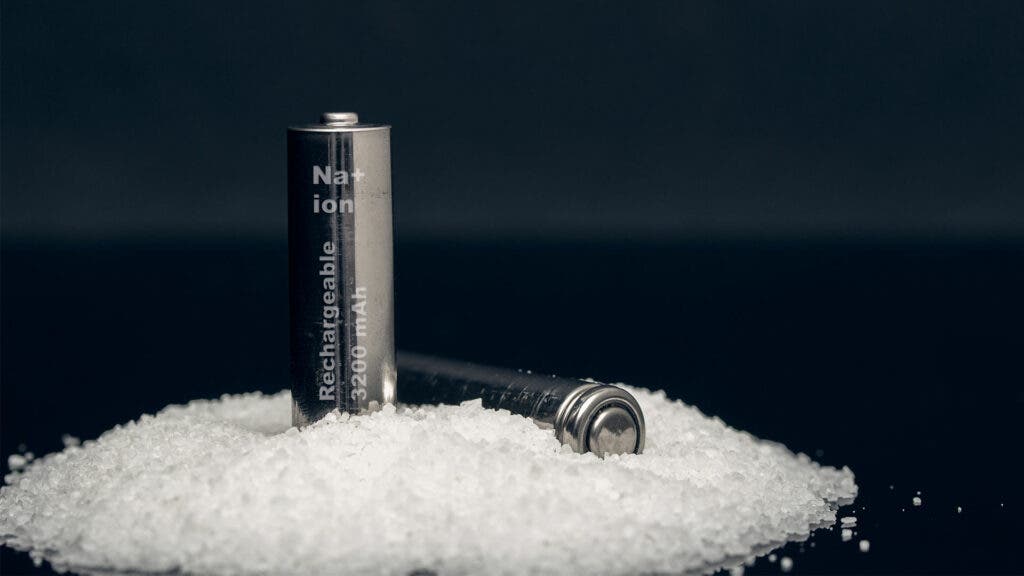
7. Charging
The charge time of 80% of the sodium-ion battery is about 15 minutes. This is much faster than the average charge time for a lithium battery. To charge a lithium battery takes 30 minutes to 45 minutes.
8. Recycle
The sodium battery is easier to recycle than a lithium battery. The sodium battery can fully lose charge to 0 volts. Thus, it is better than a lithium battery. A lithium battery retains about 30 per cent of its charge. This makes them most likely dangerous to recycle. So, a sodium battery is safer to recycle. In addition, they lack raw materials like cobalt. This makes a sodium battery harmful to the environment.
Sodium battery cons – should support not replace lithium
The low energy density is the main issue of a sodium-ion battery. The energy density issue makes it difficult to swap sodium-ion batteries and lithium-ion batteries in a strict sense. However, sodium-ion battery technology may be a good support to lithium battery technology. Sodium will be good in fields that require low energy density. The likes of communication base stations, low speed electric vehicles, electric energy storage, solar street lights, etc.
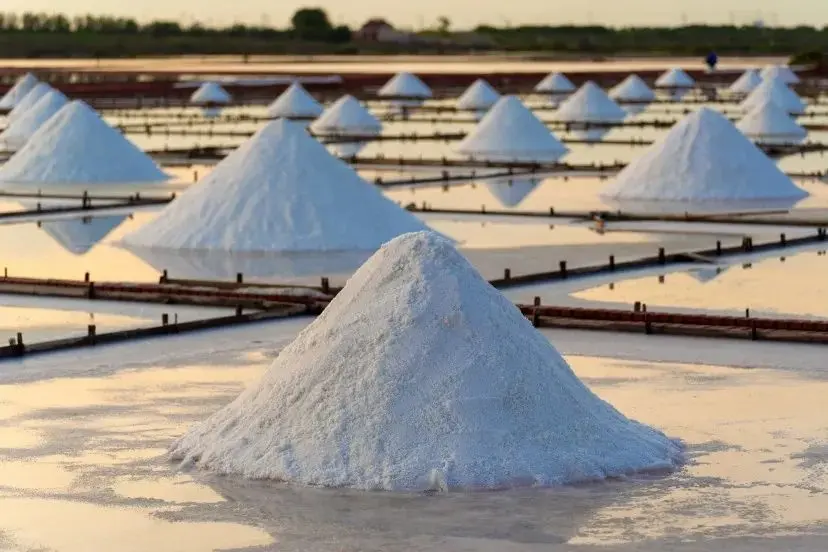
Conclusion
All praises for the sodium battery, for now, are based on its theoretical cost advantage. The actual cost of production of a sodium battery is well cheaper than a lithium battery. However, there is a need for more tests of the sodium battery. There is still a certain distance from the popularization of real applications. Moreover, the high price of lithium carbonate is making the market turn to sodium as an option. If the price of lithium falls in the future, the promotion of sodium may fall.
As interesting as the sodium option sounds, it still faces issues regarding how durable they are and its energy density. That said, the technology is still several years away before it’s ready for use. In other words, some of these issues may be less when it goes to market. Until then it will be interesting to see how this technology develops. It will also be interesting to see what role it plays in the world’s strong demand.

